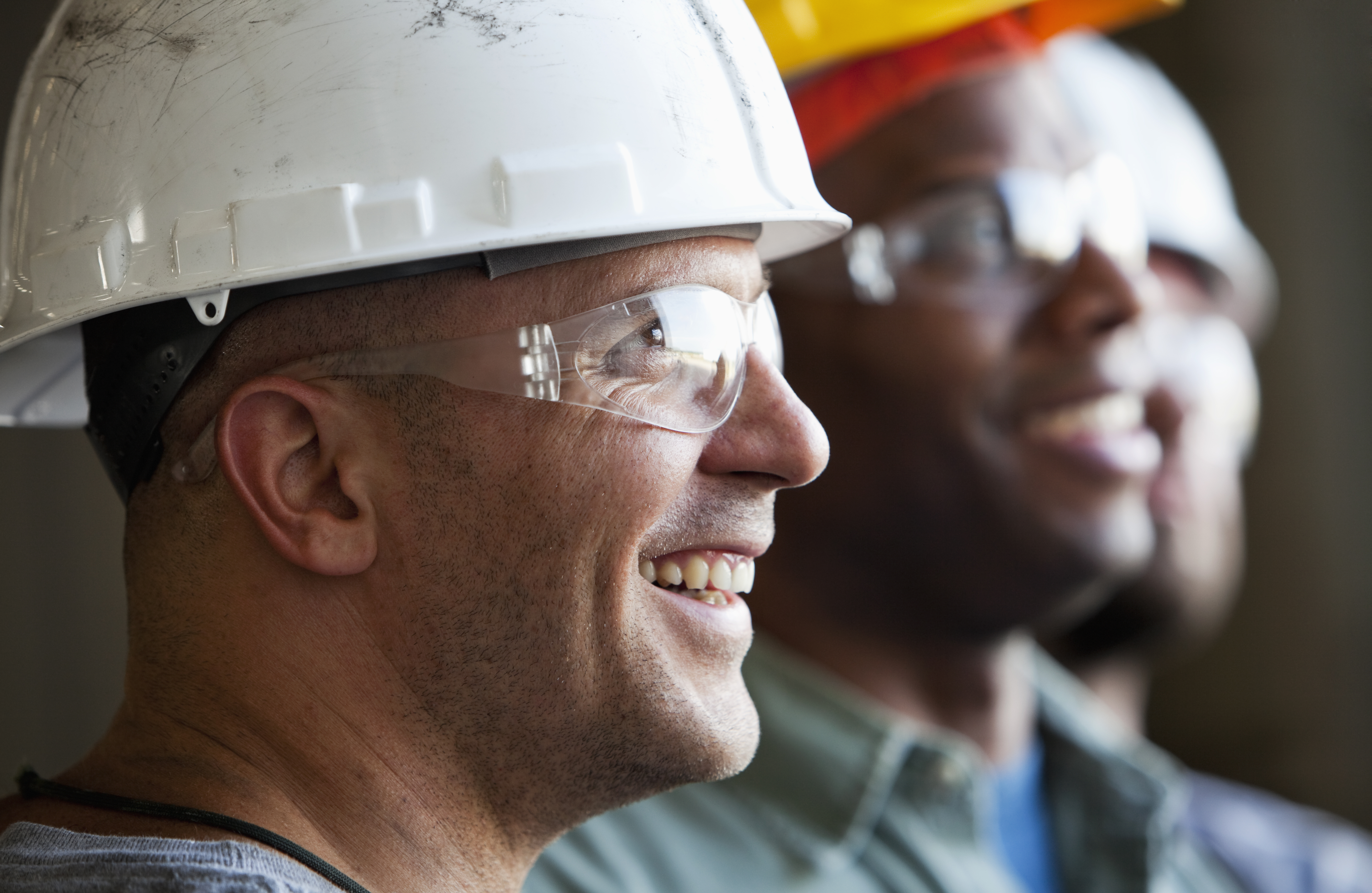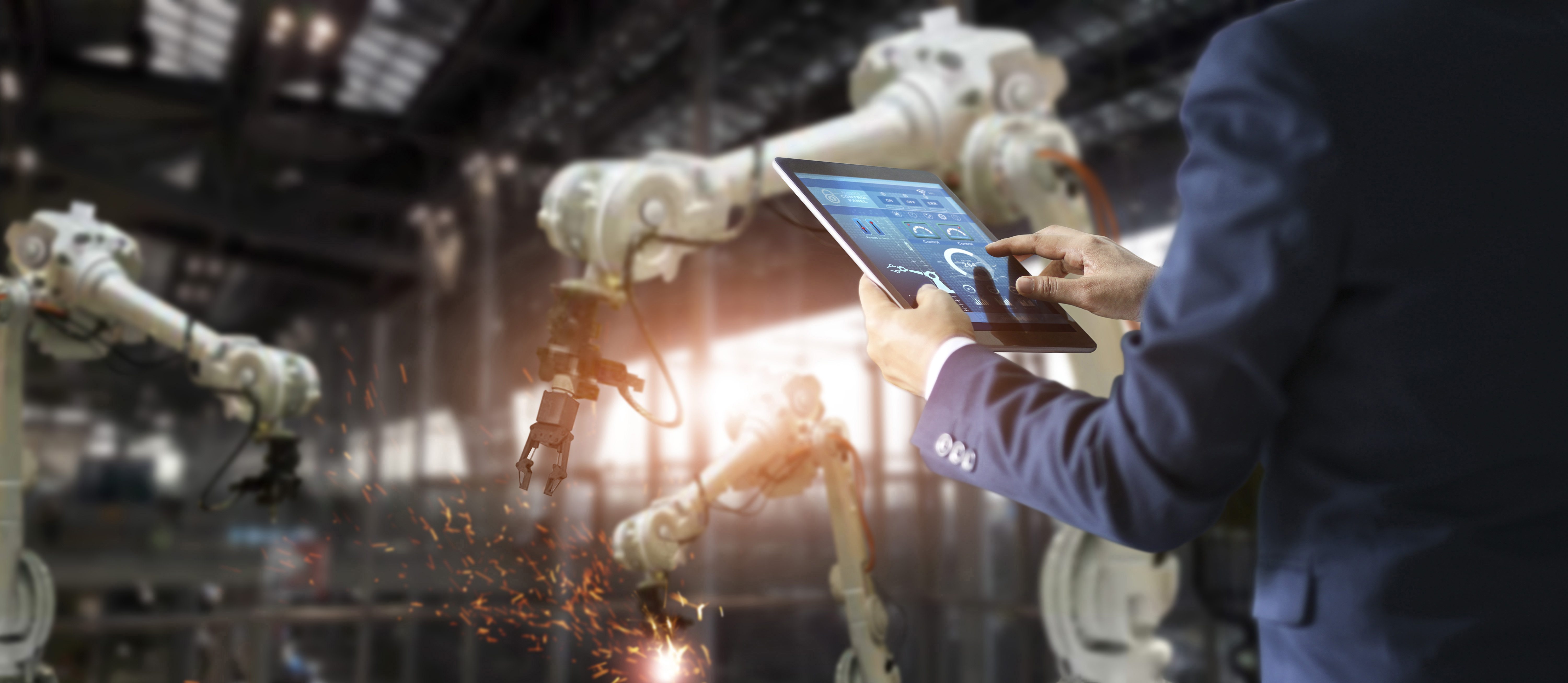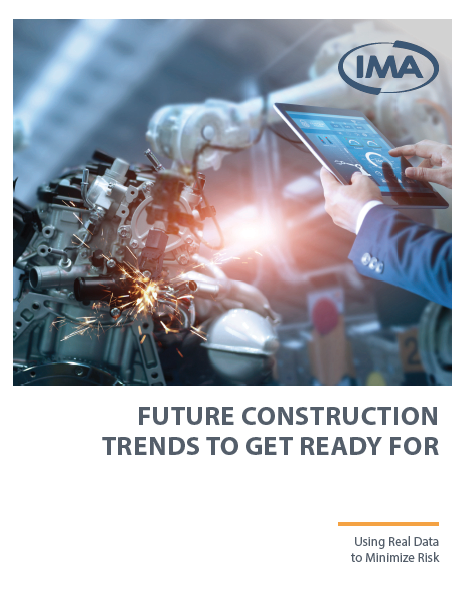Construction has seen its fair share of trends throughout history. Now, more than at any other time, technology is ramping up at an unprecedented rate, spawning entirely new ways of approaching age-old problems. Here are some of the trends shaping the future of the construction industry and insights into the advantages and risks these new trends will bring.
THE SIMPLIFICATION OF ARTIFICIAL INTELLIGENCE
The story of Artificial Intelligence (AI) in construction mirrors the industry’s lovehate relationship with digital technology. It’s a slow, careful journey fraught with starts and stops to accommodate the industry’s entrenched processes. Today, there are basic AI use cases that highlight the path to greater adoption in construction. These uses will gain momentum from something Gartner calls “predefined models delivered as a service.” These cloud-based platforms will house AI models that developers can use in plug-and-play fashion to create custom AI solutions.
You might find that these new solutions help you to hire and keep the best talent. AI will find people who closely match your criteria by autonomously searching them out from all available connected sources. But, because of AI’s predictive nature, you’ll also likely know when someone is thinking about quitting. The analytics will compare employee pain points to employee aspirations and engagement. Then, it will take into account where they are in their career and other salient points to predict dissatisfaction. With that knowledge, you could take steps to improve the employee’s situation so they will stay.
IoT or “Internet of Things”
The Internet of Things is any network of connected things which share and collect data among a network. So long as a device has an on/off switch, it can be part of the IoT because it is connecting to the internet and to other connected devices. These “things” consist of anything from cars, oil rigs, fi tness devices and people. Real-time analytics, embedded systems, wireless sensor networks and control systems may all be a part of this system that can be controlled via specifi c devices associated with that network, such as a smartphone.
Equipment is already well-positioned for AI, and managers are reaping the rewards of predictive analytics in reducing machine downtime. Most of the real-time intelligence they are receiving comes from embedded sensors using cellular networks. These smart sensor connections to the internet make up the Internet of Things, allowing equipment managers to pull data to any connected device, like smartphones, tablets, and computers.
One the data is fed into an AI algorithm managers can get predictions about when they’ll need to replace pins and bushings at pivot points or when they should expect a machine to need a transmission overhaul. IoT will help AI inform managers more adequately on machine maintenance and effi ciency. It will also start infl uencing equipment security by using local crime information to predict equipment theft risks.
The next steps will see AI used holistically across equipment fl eets to mirror manufacturing’s foray into total productive maintenance. Automated maintenance and self-maintenance will then complement planned maintenance to improve productivity and to manage overall equipment investments.
On the contractual side, contractors already have difficulty administering contracts. With AI reading contracts and predicting the risks, according to severity, contractors are free to focus on what humans do best – solve problems.
If it all sounds a bit Orwellian to you then you’ve glimpsed some of the AI risks already. How far will this technology push security and privacy issues? And at what point will it make labor a commodity or become a source of new business risks? Then too, how much will internet-connected sensors create additional cybersecurity risks?

THE IMPROVEMENT OF COLLABORATION
Construction has long relied on the design-bid-build delivery method for projects, but it has intractable problems, not the least of which are the adversarial relationships it engenders that rob projects of efficiencies.
Now, design-build is trending up, and it’s doing so because it encourages collaboration, improving outcomes for construction projects that have dependencies spread across multiple parties operating independently. Another collaborative method, integrated project delivery, is also gaining mindshare and project share. Both methods have impressive track records and are increasingly being used across the industry’s landscape.
THE USE OF MIXED REALITY TECHNOLOGY
While information modeling is seeing wider adoption, it is also getting combined with virtual and augmented reality. The two together bring the client into the design picture in new and important ways. This is sometimes called Mixed Reality, where digital and real-world objects interact together.
You can see many more details in a structure using 3D models than a 2D drawing alone. When you add virtual reality to the mix, you see the structure as it will appear when completed. This is helping make spaces more suitable for their intended uses and answering client questions even before they think about asking them. For builders, it can reduce changes and win praises.
These technologies come with their own sets of risk. For example, BIM conjures up intellectual property risks as well as muddies the waters when assessing professional liability risks. When anyone dons a virtual reality headset they face safety risks as they move about, and relying on their perceptions from the experience to validate the design, could expose builders to quality claims when perception doesn’t match reality.
THE ADOPTION OF PREDICTABLE BUILDING SYSTEMS
It will soon be common to hear a project manager say, “Let’s drop a bathroom unit in right here.” She’ll be referring to a modular unit that’s built in a factory, transported to the site and set in place. Prefabricated components are a subset of modular construction, and they off er the advantages of manufactured components made in a controlled environment. The efficiencies associated with prefabrication remove uncertainties with scheduling, quality, and budgets. The biggest downside is that work done on-site to accommodate the prefab units must be exact and on time.
The world population of 3D printed structures is growing quickly. The machines and systems that do the printing are also getting their kinks worked out, so this new construction process is also gaining greater acceptance. From simple one-room constructs to complete sustainable communities, these systems are removing uncertainties from the building process while reducing costs.
For both prefab and printed structures the downside is the human equation. They both require specialized skills and they introduce new risks related to scheduling, warranties, and damages for delays.

THE BOOSTING OF FIELD PRODUCTIVITY AND QUALITY
Technological solutions abound, and they just keep on coming. The average construction firm has neither the time nor the expertise to try everything out. But, in a testbed scenario, they can find solutions to pressing problems or just explore new tech to understand the capabilities and the need. Watch for this trend to accelerate as the barrage of new tech continues.
One tool that’s helping construction firms manage their tech investments better is the Application Programming Interface (APIs). APIs are the magic connectors companies have sought since spreadsheets took the construction industry by storm.
Originally, proprietary software made information sharing difficult. Then, companies figured out they needed to use enterprise resource planning to meld all the disparate software tools into a cohesive group. However, that’s been an expensive and complicated process that many companies simply abandoned. Now, APIs are revolutionizing the quest to get information out of silos and working together. Watch for anything related to information sharing to trend up for construction.
SMART OBJECTS AND SENSORS
While IoT has morphed into the web of everything, builders are seeing the advantages of smart objects. Whether it’s a sensor inside a worker’s vest that alerts to overheating or a smart object installed on an HVAC system that records changes to system settings, owners and contractors are finding gold in deep levels of real-time information.
Look for this trend to accelerate with more smart objects and sensors brought to bear on the construction phase. Material tracking sensors will give you location points right on your mobile device so you can quickly find delivery errors. Identification card sensors will help you manage worker safety and productivity, while sensors installed in concrete will let you track initial slump, moisture and cure rates.
Keep in mind that digital technologies like APIs, smart objects and sensors will always be targets for hacking, leading to security and privacy risks.

CONCLUSION
Whenever new technologies come on the scene, users need to balance the benefits of the technology with the risks. Faster, more efficient construction can open the door for poorer quality. Artificial intelligence and smart objects can push the boundaries on data privacy. Mixed reality can muddy the waters between perception and reality. Include experts in your decision making process to help prepare for and mitigate those risks. The future trends in technology bring many benefits and capabilities to the construction industry. Multiple perspectives can help you prepare for their downfalls.
Sources:
https://www.gartner.com/smarterwithgartner/gartner-top-10-strategic-technology-trends-for-2019/
https://sloanreview.mit.edu/article/what-managers-need-to-know-about-artificial-intelligence/
http://www.barcelonahousingsystems.com/technology/
https://all3dp.com/1/3d-printed-house-homes-buildings-3d-printing-construction/
https://sloanreview.mit.edu/projects/artificial-intelligence-in-business-gets-real/
https://www.information-management.com/opinion/getting-to-roi-with-ai-in-the-enterprise
